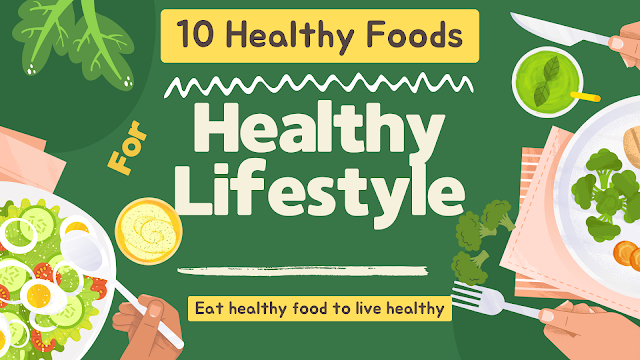Intermittent Fasting for Effective Weight Loss: A Proven Strategy for Lasting Results
In the search for effective weight loss methods, many people have turned to intermittent fasting (IF) as a proven strategy. Intermittent fasting is not just a diet; it's a lifestyle change that focuses on when you eat, rather than what you eat. Research has shown that it can help with fat loss, improve metabolic health, and potentially extend lifespan. In this blog post, we’ll explore why intermittent fasting is an effective weight loss strategy, how it works, the various types of fasting methods, and practical tips for incorporating it into your daily routine.










